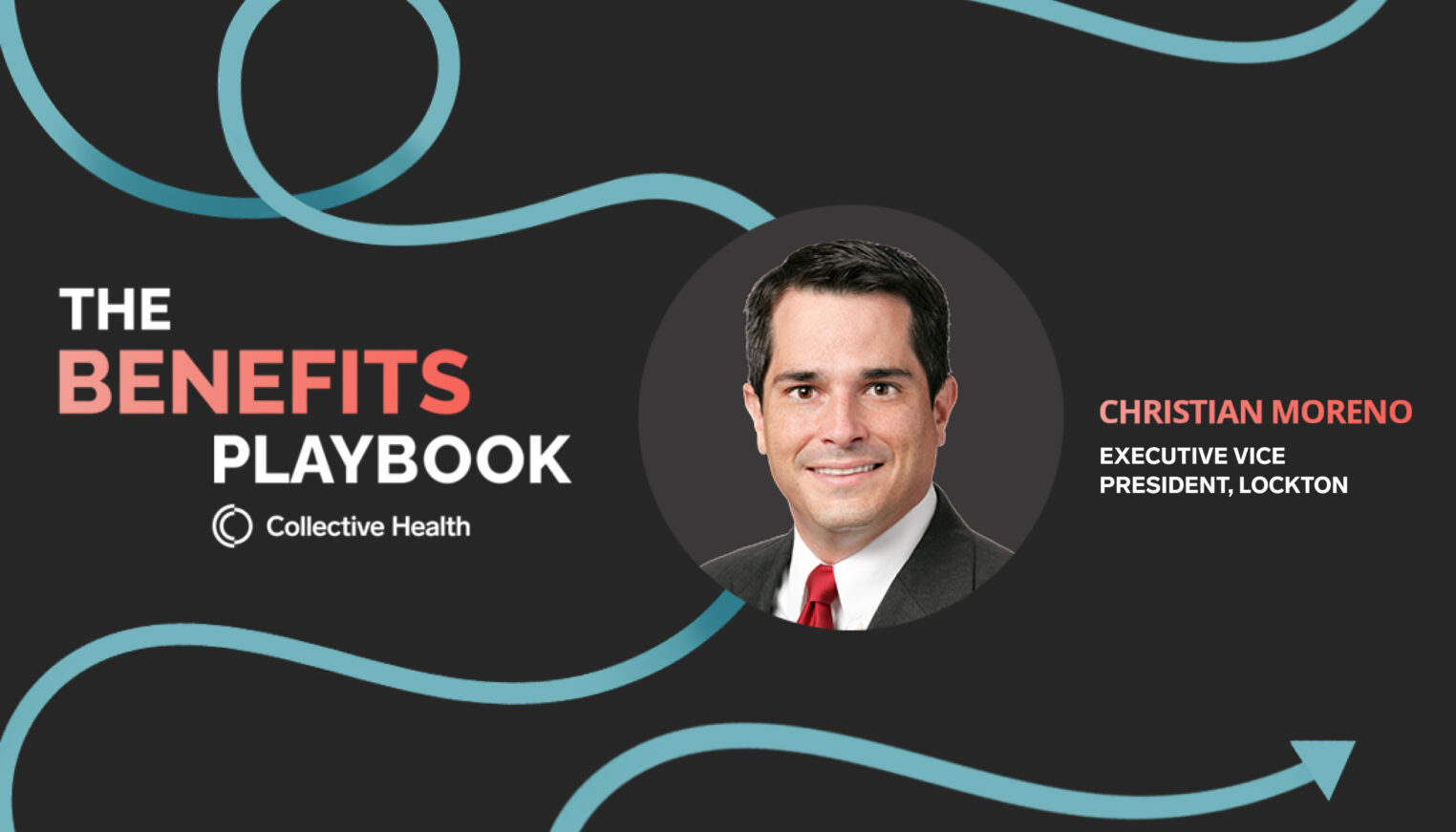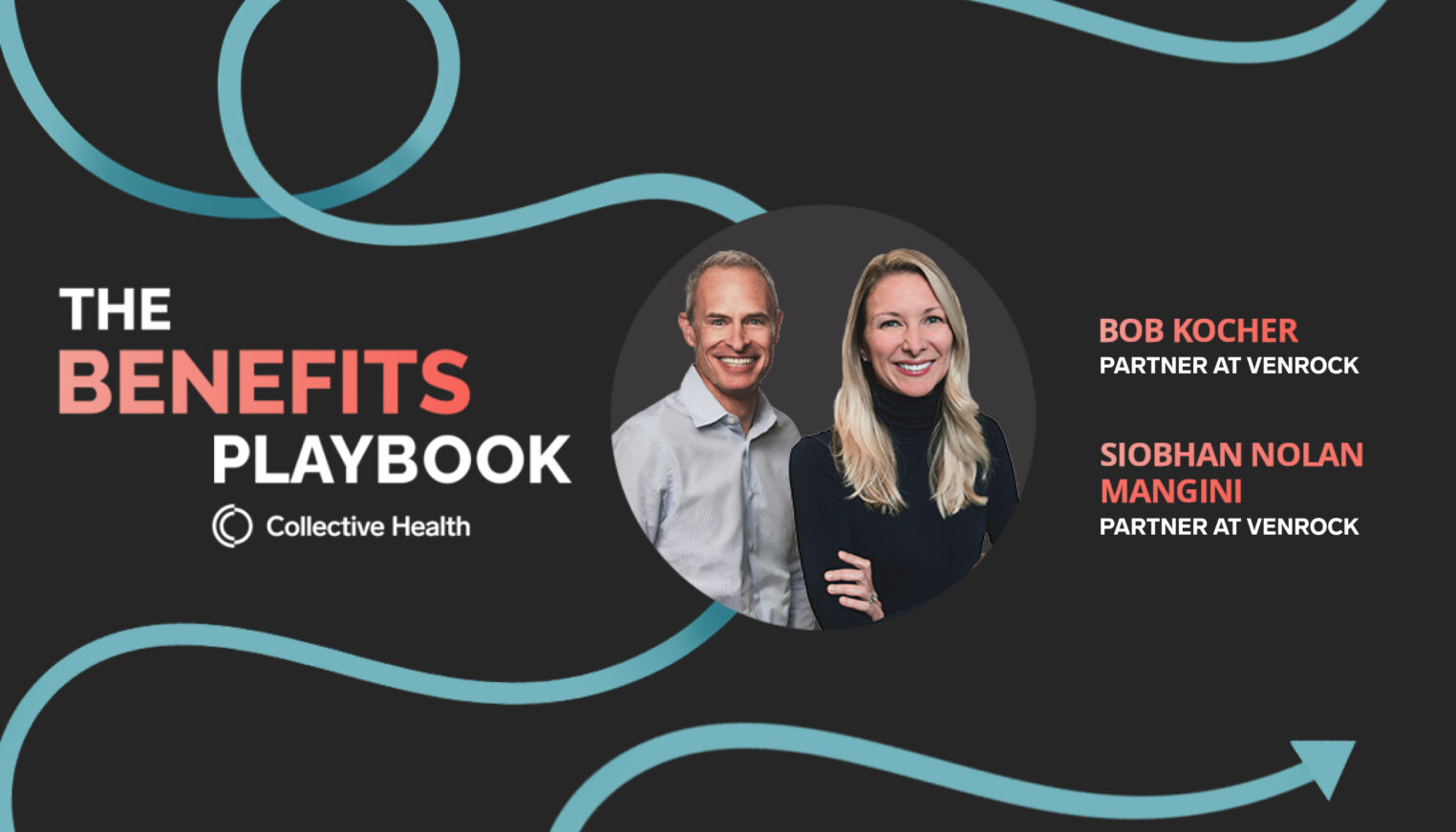In the post-pandemic era, employee expectations are shifting rapidly, and employers, understandably, are finding it more and more challenging to navigate this changing landscape. To help make sense of changes and to cut through some of the noise, we’ve compiled six stats that all benefit leaders should know, along with recommendations from our experts on how to apply them to your benefits strategy.
- Employers predict healthcare costs will rise by 6%.
U.S. employers are predicting healthcare costs to rise by 6% in 2023, even after the 5% increase they’ve seen in 2022, according to a recent Willis Towers Watson (WTW) survey. The same survey found that 54% of employers expect their costs will be over budget this year.
With costs rising, employers are looking to cost-lowering strategies: 52% said they will implement programs or switch to vendors that will reduce total costs and 24% will shift costs to employees through higher premium contributions.
Our recommendation: Be mindful of expected costs for your programs and partners in the coming year and set internal expectations accordingly.
- An overwhelming majority (87%) of employees would work remotely if given the opportunity.
According to a recent survey from McKinsey based on the responses of 25,000 Americans, 87% said they would choose to work remotely when given the opportunity.
In the same survey, 58% of respondents said they currently have the opportunity to work from home at least one day a week, and 35% reported they have the option to work from home five days a week.
For those seeking new jobs, a top motivator for finding a new job (after higher pay and more career opportunities), was a flexible working arrangement.
With the pandemic’s shift to more remote-first work environments, many prospective employees are not only looking for, but expecting a good deal of autonomy and flexibility in how and where they work.
Our recommendation: Every workplace has different needs and your in office and remote work policies should correlate to those needs. Align internally across your Leadership and People Teams to set and communicate clear expectations around your work environment for both current employees and prospective employees, along with specific reasons for those expectations i.e., in-person 3 days a week will promote higher productivity, or remote 3 days a week will allow for more inclusivity, etc.
- Nearly half (45%) of employees are weighing job choices based on family building benefits.
Nearly half (45%) of workers reported that fertility benefits are an important component when considering a new job, according to a 2022 Harris Poll, yet only 6% of those surveyed said they currently have access to fertility benefits.
One in eight couples in the U.S. will experience infertility, and according to our partner Carrot, the average cost of one IVF cycle in the U.S. is over $15,000. Most couples will take two to three cycles before they get pregnant.
Family building benefits aren’t just IVF though: they can range from fertility drugs and medical treatments, to procedures like fertility preservation, and other paths to parenthood like surrogacy and adoption. It’s important to figure out which family-building benefits are the right fit for your employee population. According to our partner Progyny, family-building services can promote diversity, equity, and inclusion, giving employees from all types of backgrounds the opportunity to become parents.
Our recommendation: If you’re new to fertility and family building benefits, check out these articles by our partners, Carrot and Progyny, as a starting point:
- Why are fertility benefits on the rise?
- How to talk about family building and its role in health benefits
- The number of in-network behavioral health providers grew 48% in 3 years.
Behavioral health is still critical to employer health coverage, and options are expanding. A recent survey by America’s Health Insurance Plans (AHIP) shows that the number of in-network behavioral health providers offered by health plans grew 48% in three years.
One of the greatest barriers to mental health care access, historically, is cost, so by creating more in-network options, employers are working to improve the utilization of their behavioral health benefits, and follow through on their promises to more holistically support their people.
The AHIP survey found that the number of providers eligible to prescribe medication-assisted therapy (MAT) for substance use disorder, including opioid dependence, has more than doubled over the last three years.
This increase in MAT providers is yet another proof point that supports how critical it is for employers to offer more robust, holistic behavioral health programs that not only treat depression and anxiety, but also address substance use disorders.
Our recommendation: Check out this article The Breakdown: Substance use and the pandemic authored by Collective Health clinical experts that lays out how benefits leaders and employers can start to implement these more holistic behavioral health strategies.
- Pay transparency may bring in more job applicants, as 75% of employees say they are more likely to apply for a job if the salary range is listed in the posting.
California, Colorado and New York City are among the latest jurisdictions to pass laws requiring companies to publish salary ranges on job postings and/or disclose salary ranges to employees who request them. In California, for example, companies of over 100 employees (whether hired directly or retained through labor contractors) will also be required to report their pay based on race, gender and ethnicity to the state. Experts say that these laws, aimed at addressing historical pay gaps for women and minorities generally, could affect national policy on pay transparency.
And, according to recent surveys, these laws directly reflect the preferences of employees. In a 2022 Glassdoor survey, 63% of employees said they would prefer to work at a company that discloses pay information over one that doesn’t, but only 19% said their company currently discloses pay ranges. Another 2022 survey from Indeed found that 75% of employees said they are more likely to apply for a job if the salary range is listed in the posting and 56% said they would be more likely to apply for a company whose name they don’t recognize if the salary range is listed in a posting.
Our recommendation: Be attentive to emerging transparency requirements. Work closely with your HR, legal, and recruitment teams to clearly highlight and communicate each of the ways that your organization supports its people (from basic medical, vision and dental benefits, to wellbeing and mental health programs) both internally and across hiring platforms.
- Cost savings from integrated health benefits programs that include patient navigation and advocacy programs may save you money.
For most companies, a small number of employees account for a disproportionate amount of healthcare costs, typically driven by those dealing with chronic or serious illnesses. Our Care Navigation program is a comprehensive care management program made up of our team of pharmacists, social workers, nurses, and dietitians that support people dealing with chronic or serious illnesses and guide them on their healthcare journey. Through the Care Navigation program, employers can see a potential 2x savings from clinical interventions in case management. You can read more about our Care Navigation program here.
Our recommendation: Invest in the use of an integrated platform that provides advocacy, navigation, has access to claims, and allows for investment transparency.
Knowing the latest trends and data within the healthcare space is critical to preparing a comprehensive benefits strategy. At Collective Health, we work closely with our customers to ensure they’re equipped with the latest knowledge around the specific health benefits, new programs, and valuable digital health solutions that will help to attract and retain talent, and, most importantly, ensure their people feel supported.



